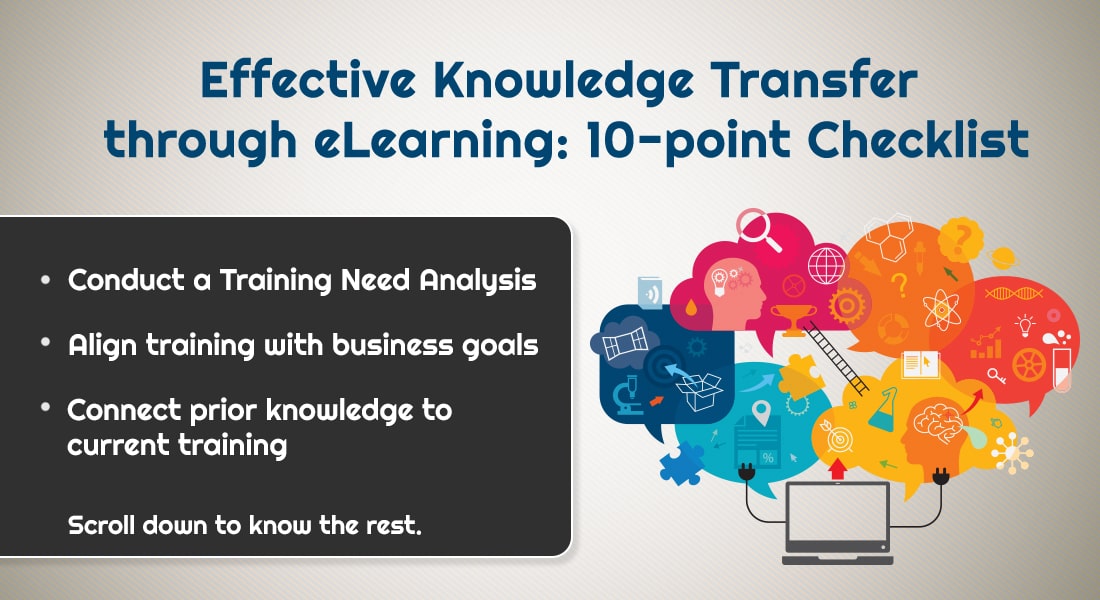12 Must Know Terms in E-learning Development
This blog post shares some terms that are commonly used in eLearning.

Like any other activity, which requires specialized knowledge, there are many terms used in eLearning development too. As an eLearning professional, you need to be familiar with various terms used in the field of online course development. Here, I would like to share some terms that are commonly used in eLearning.
1. SMEs
‘Subject Matter Experts’ are experts in a particular subject or on a topic. They help in creating training material and validating its accuracy. In most cases, SMEs are members of the stakeholders team.
2. Content Analysis
Content is the fundamental component of eLearning and includes pedagogy (managing the content in instructive manner) and learning objects (smaller units of learning). The first thing while designing an eLearning course is to analyze the learning content properly and then identify under which content category it falls – Facts, Concepts, Principles, Process, and Procedure. Content analysis is critical for an eLearning course because an appropriate learning strategy can be adopted, based on the type of content.
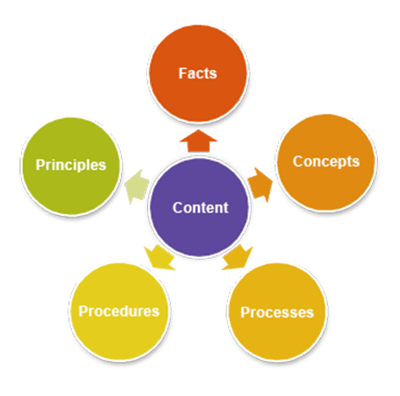
3. Detailed Content Outline (DCO)
Detailed Content Outline (DCO) is a document, which contains the description of the screen-level treatment of the course. It is a rough draft for the storyboard.

4. Bloom’s Taxonomy
Bloom’s Taxonomy is a classification of learning objectives by Benjamin Bloom. He identified three domains of learning, viz. Cognitive Domain, Affective Domain, and Psychomotor Domain. E-Learning courses can be made effective by creating learning objectives and assessments at the appropriate Bloom’s level.
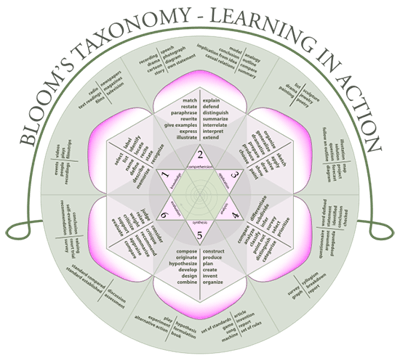
Source: Wikipedia.org
5. Content Chunking:
This involves breaking the content into smaller pieces for easy comprehension. These pieces are referred to as content chunks. Content chunking is done to enable the learner to comprehend the content easily. Here is an example of the content:

And here is how the content is chunked for better understanding.

6. Style Guide
Style Guide is the set of standards or principles that is used to to write and design a document. It includes types of fonts to be used, when to bold, when and where to capitalize and italicize, set of colors to be used, and so on.
7. Prototype
Prototype is a sample that gives an idea of how the course will look like before it’s fully developed. Any changes that are required can be made in the initial stage itself, saving lot of time and rework.
8. Storyboarding
An MS-Word document/ PowerPoint presentation created by eLearning professionals with images, text, audio script, interactivities, navigation that serve as a blueprint for course developers when developing an eLearning course.
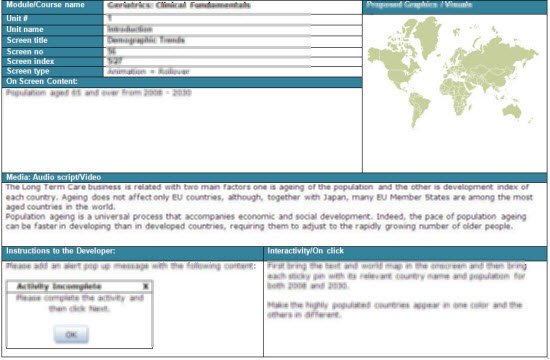
9. Interactivities
These are the objects in an eLearning course that make the learner interact with the course and prevent passive learning.Click on tabs, images, hotspots, rollovers, numbers, slide shows, and other interactivities help keep the learner effectively engaged.

10. Learning Agent
Learning agent is a character or cartoon, which addresses the learner and guides him through the course. Example: See the below image.
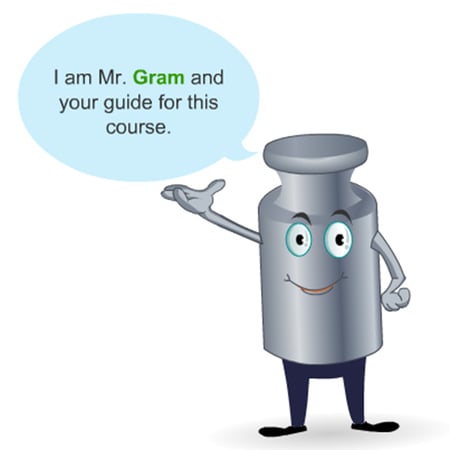
11. Gamification
Gamification is the usage of gaming elements in a non-gaming context. It goes a long way in acquiring skills and knowledge in a stress-free manner by enlivening the learning environment.
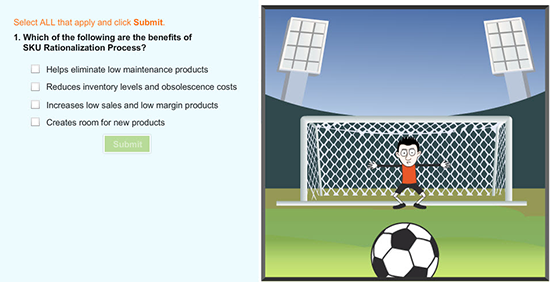
12. Rapid eLearning
Rapid Development refers to the eLearning development methodology, which uses rapid authoring tools to develop digital courses. These tools require minimal programming knowledge. As a result course development will be reduced by many folds. Examples of rapid authoring tools are Articulate Storyline, Adobe Captivate, and Lectora.
I hope these terms will help you in the eLearning world.




